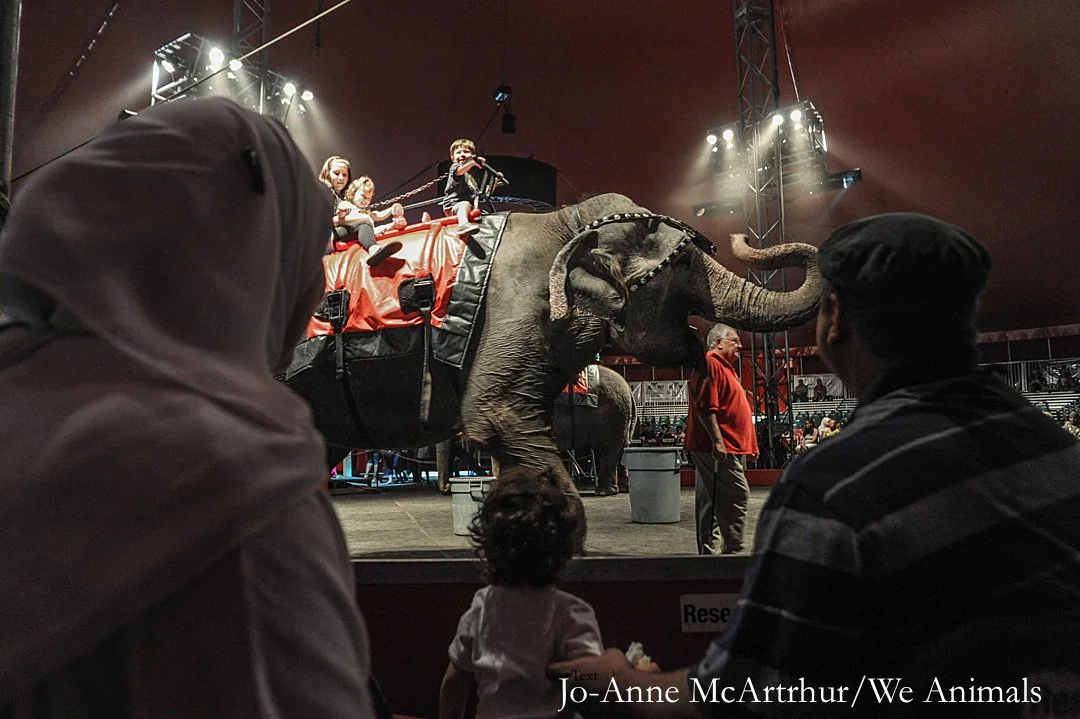What You Need to Know About Elephant Captivity in the U.S.
Their suffering isn’t a distant issue; it’s happening here, in our own backyard. From circus rings to roadside attractions, elephants are denied the freedom, connection, and space they need to thrive. Each performance, each exhibit, hides a lifetime of loss and the quiet suffering of beings who were born to be free.
What You Need to Know About:
-

Circuses
P.T. Barnum introduced Jumbo, an African elephant, to his shows in 1882, setting a dreadful precedent for circuses and other attractions for the next century and beyond.
-

Zoos
To appropriate an elephant’s life - or any sentient being’s life - to suffer and, ultimately, die in a zoo “exhibit” is inherently cruel a travesty. There is no justification for it.
-

Roadside Attractions
Roadside zoos are typically small, privately-owned, and often unaccredited facilities that keep wild animals for public display and entertainment. They are generally located in rural areas near highways or common travel routes to attract passing travelers to stop and view the animals.
-

Pseudo-Sanctuaries
Sham zoos and pseudo-sanctuaries are facilities that claim to provide a safe haven for animals, often including elephants, but instead exploit them for financial gain. These places often present themselves as legitimate sanctuaries, deceiving tourists while subjecting animals to harmful practices.
